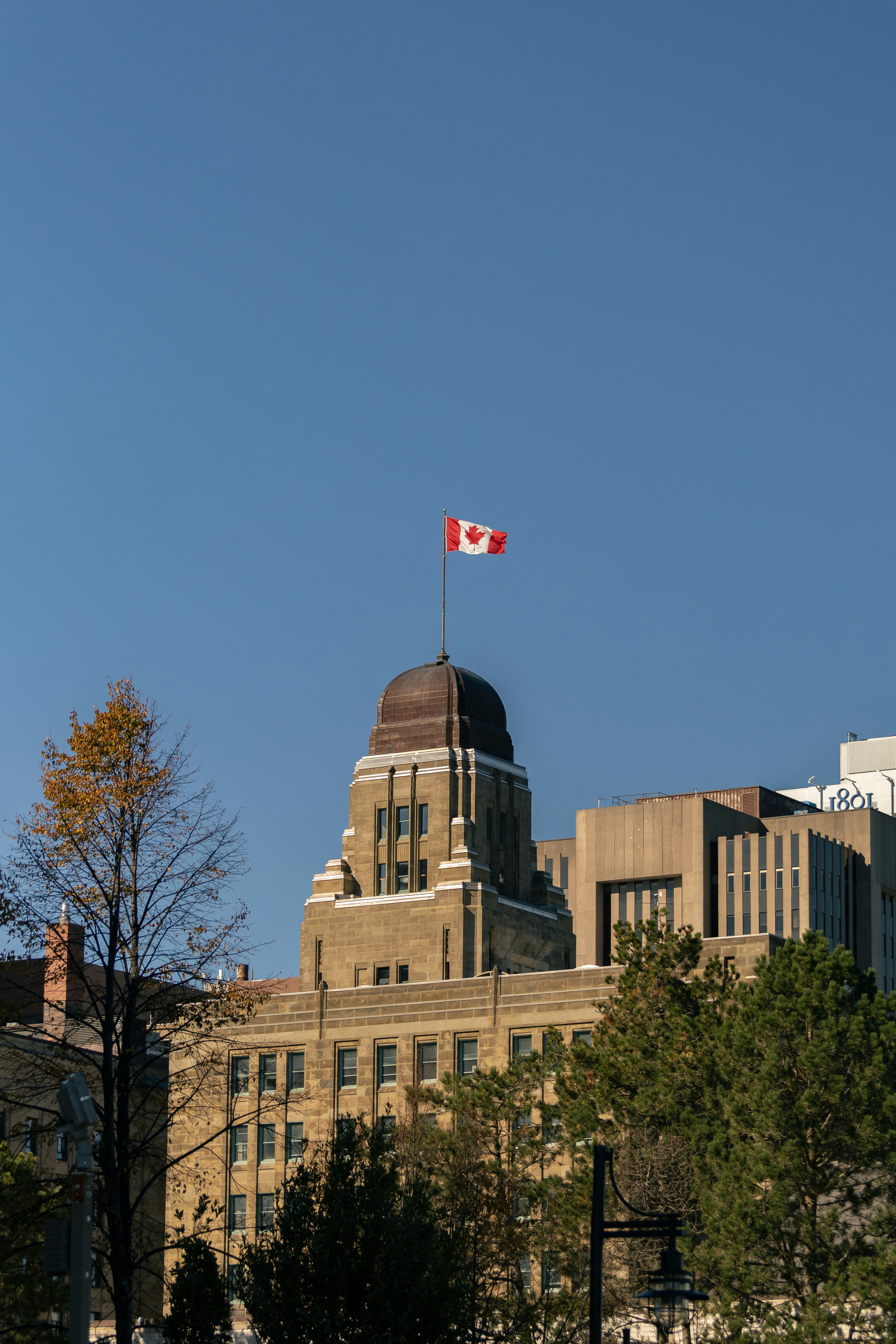With the specter of a potentially renewed Trump presidency looming, Prime Minister Mark Carney has called a snap election, putting Canada’s sovereignty and its relationship with the United States squarely on the ballot. The April 28th vote will be a referendum on Canada’s direction in an increasingly uncertain global landscape.
Prime Minister Mark Carney’s decision to call a snap election has sent ripples across Canada, raising questions about his motives and the potential consequences. With barely a month in office, Carney’s move is a high-stakes gamble, driven by favorable polling numbers and a desire to solidify his mandate. The election, set for April 28, 2025, is shaping up to be a pivotal moment for the nation.
But what exactly is a snap election? Unlike the fixed election dates in the United States, Canada’s parliamentary system allows the Prime Minister to dissolve Parliament and call an election at their discretion. Carney’s move is seen as a strategic play to capitalize on the Liberal Party’s current popularity, fueled in part by rising Canadian nationalism amid tensions with the U.S. under a potential second Trump presidency.
The stakes are high. Canadians will be voting for their local Members of Parliament, who will then determine the next government. A Liberal victory would solidify Carney’s position and endorse his plans to assert Canada’s independence, including increased military spending. A Conservative win, led by Pierre Poilievre, could drastically alter the nation’s course.
Carney’s adversarial relationship with Trump adds another layer of intrigue. His plans to bolster Canada’s military and pursue a more independent foreign policy have been interpreted as a direct response to potential U.S. policies. This election, therefore, is not just about domestic politics; it’s about Canada’s place on the global stage. While the U.S. doesn’t have snap elections, the Canadian system highlights the contrasting ways democracies handle the timing and execution of elections.
- Snap Election Trigger:
- Prime Minister Mark Carney called the snap election, a move permissible in Canada’s parliamentary system.
- Timing and Motivation:
- The election is set for April 28, 2025.
- Carney’s decision is driven by favorable Liberal Party polling numbers and a desire to secure a personal mandate.
- The timing of the election is also influenced by the political climate with the US, and the possibility of a Donald Trump presidency.
- Key Political Figures:
- The election pits Liberal Party leader Mark Carney against Conservative Party leader Pierre Poilievre.
- Pierre Poilievre’s political style has been compared to that of Donald Trump.
- Core Election Issues:
- Canada-U.S. relations, particularly trade and sovereignty, are central themes.
- Economic policies, including inflation and housing affordability, are key concerns.
- Discussions around the funding of the CBC, and energy policy are also taking place.
- Increased military spending as a means of asserting Canadian independence.
- Parliamentary System Dynamics:
- Canadians vote for Members of Parliament (MPs), who determine the governing party.
- The party with the most seats forms the government, and its leader becomes Prime Minister.
- A majority government requires 172 seats; otherwise, a minority government is formed.
- U.S. Contrast:
- Unlike the U.S., which has fixed election dates, Canada’s parliamentary system allows for snap elections.
- The US has special elections, and recall elections, but does not have snap elections in the way that Canada does.
- High Political Stakes:
- This election will determine the direction of Canada’s domestic and foreign policies, especially concerning its relationship with the United States.

